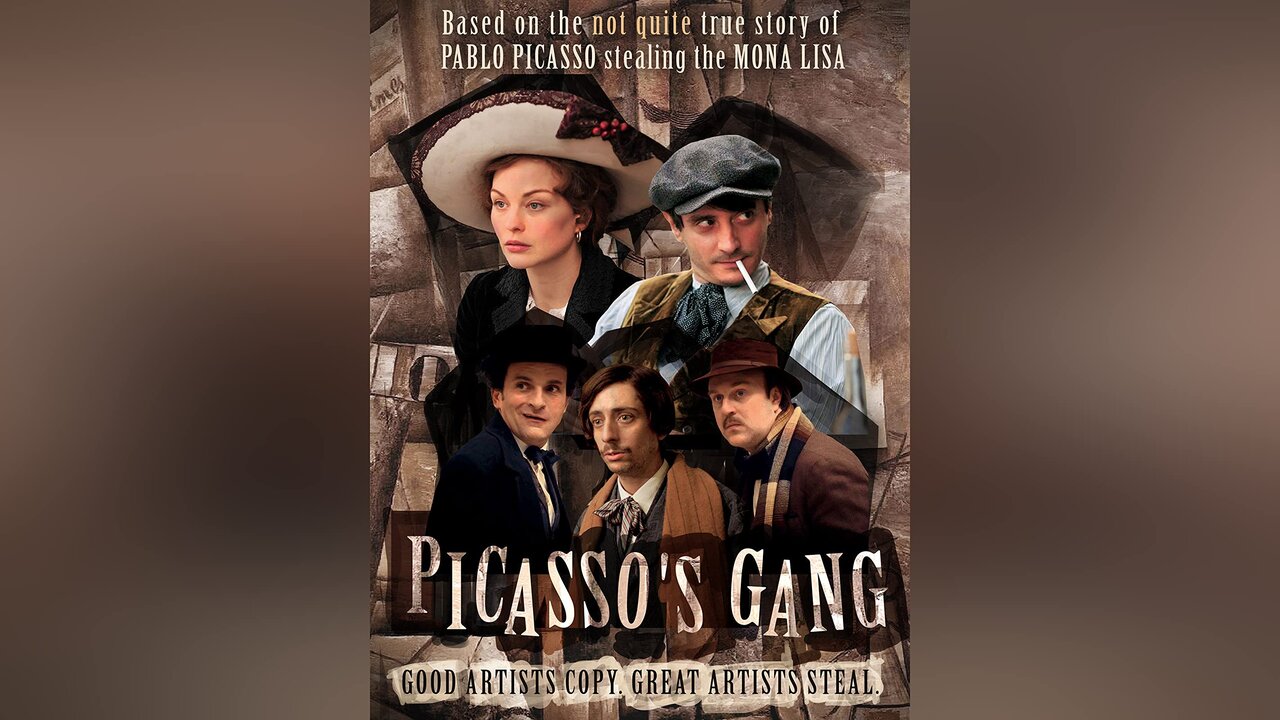TMoCA screens Fernando Colomo’s “Picasso's Gang”

TEHRAN – Concurrent with the “Picasso in Tehran” exhibition, which is underway at the Tehran Museum of Contemporary Art (TMoCA), the 2012 Spanish movie “Picasso's Gang” directed by Fernando Colomo was screened at the cinematheque of the museum on Sunday.
A thriller film, it centers on Picasso and other real-life painters in Paris in the early 1910s. The film is a depiction of real events associated with the 1911 robbery of the “Mona Lisa” and the fact that the French police suspected the involvement of the Spanish painter, Mehr reported.
In 1911 Paris, the “Mona Lisa,” the best-known work of the most prominent painter of the Renaissance, Leonardo da Vinci, was mysteriously stolen from the Louvre along with a number of Iberian sculptures.
While authorities have taken Pablo Picasso and his poet friend Apollinaire into custody as suspects, the entire city is swept by the rumor that a gang is about to strike all the museums in France. Inspired by the most famous theft in the history of art, the film is an entertaining period comedy that captures the bohemian life of Paris.
“Picasso in Tehran” presents a narrative of Picasso's life and the artistic periods he traversed. It features 66 works by the renowned Spanish painter and sculptor from the collection of the TMoCA. It will be open daily (except Mondays) until June 3.
Among these, 26 aquatint prints from the renowned series “La Tauromaquia” (The Art of Bullfighting)—which have never been exhibited in Iran before—will be a highlight.
This collection is one of his most celebrated works in the realm of printmaking, showcasing his deep fascination with Spanish culture, particularly the dramatic and ritualistic spectacle of bullfighting.
The series was inspired by José Delgado’s 18th-century book “La Tauromaquia o arte de torear” (Tauromachia, or The Art of Bullfighting), which detailed the history and techniques of bullfighting. José Delgado, known as Pepe Illo, was a famous matador, and his book became a significant reference in Spain’s bullfighting tradition. Picasso, who was passionate about bullfighting since childhood, visually reinterpreted these historical accounts through his unique artistic style.
Picasso employed the aquatint technique, a printmaking process that allows for rich tonal variations, giving the images a dramatic, almost painterly effect. The works are minimalist yet expressive, featuring bold black-and-white contrasts that emphasize movement, tension, and the raw energy of the bullfight.
Through swift, gestural lines and fluid compositions, Picasso captures the essence of the bullfight—the grace of the matador, the power of the bull, and the tension of the confrontation. His depictions are not merely literal illustrations but abstract and emotionally charged representations of the spectacle.
“La Tauromaquia” reflects Picasso’s lifelong fascination with bulls and bullfighting, themes that appear frequently in his work, from early sketches to his masterpiece “Guernica” (1937).
Pablo Picasso (1881-1973) was a Spanish painter, sculptor, printmaker, ceramicist, and theater designer who spent most of his adult life in France. One of the most influential artists of the 20th century, he is known for co-founding the Cubist movement, the invention of constructed sculpture, the co-invention of collage, and the wide variety of styles that he helped develop and explore.
SS/SAB
Leave a Comment